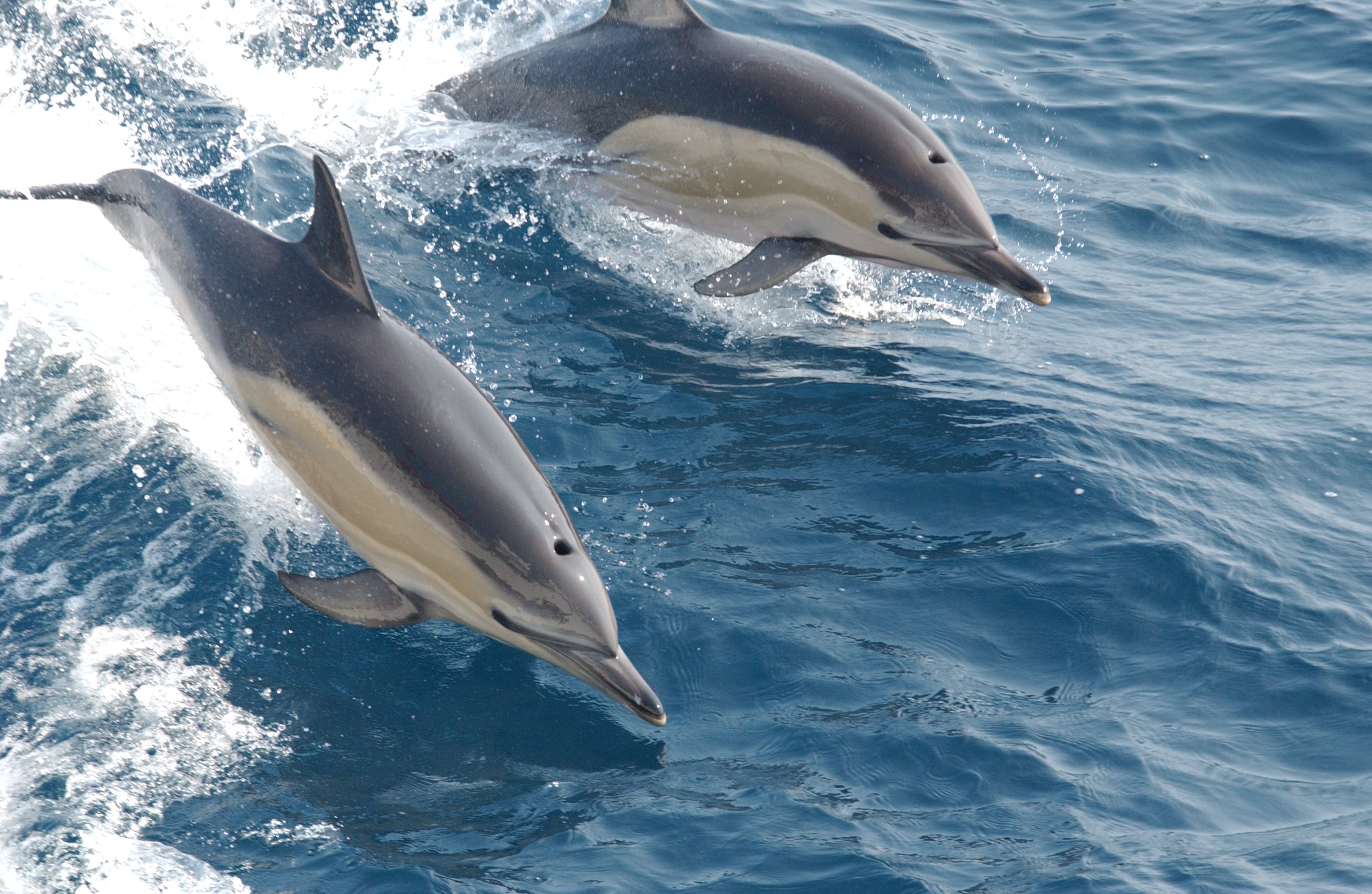Convention on Biological Diversity (COP16) kicks off in Columbia
The Convention on Biological Diversity (COP16) kicked off last week in Cali, Columbia. The last COP, held in Kunming-Montreal two years ago, was hailed as a historic moment, with countries signing up to the Global Biodiversity Framework and pledging to reverse the loss of biodiversity by 2030 through 23 different goals. Most famously, 30×30, where the world’s nations pledged to protect 30% of their land and oceans by 2030.
COP16 will spend much of its time attempting to overcome many of the issues that are impeding the delivery of the Global Biodiversity Framework, with four key outcomes expected to be met:
- Review the status of implementing the Kunming-Montreal Global Biodiversity Framework (GBF).
- Countries providing updates on National Biodiversity Strategies and Action Plans (NBSAPs).
- Developing the monitoring framework for the Biodiversity Plan resource mobilization.
- Finalizing mechanisms for fair and equitable sharing of digital sequence information on genetic resources for plans and animals.
We already know that progress is still lacking for many of these targets, particularly towards updating or creating new NBSAPs. So far, only 36 countries have submitted full NBSAPs laying out in detail how they will achieve national targets and how these targets contribute to achieving the goals of the Global Biodiversity Framework. Although they have not submitted full NBSAPs, 115 different countries have submitted their National Targets, which aim to reflect as applicable all the goals and targets of the Global Biodiversity Framework in advance of a full NBSAP Submission. The UK has as of yet not fully submitted its NBSAP but has instead produced specific national targets covering each of the 23 goals contained within the Global Biodiversity Framework. It is expected that a full NBSAP will be produced in the near future. You can keep up to date on which countries have produced their NBSAP using the Convention on Biological Diversity tracker here.
Despite progress from countries on delivering these National Targets, there is still a long way to go, especially in regards to fully achieving 30×30 which will require radical shifts in movements. In England, a recent 2024 assessment from Wildlife and Countryside Link showed that only 2.93% of England’s land is effectively protected for nature. This is because there are only two ways for land to be properly counted towards the 30×30 targets, either as SSSIs or as Other Effective area-based Conservation Measures (OECMs) (which don’t currently exist in England). The majority of SSSIs are currently categorised as being in poor condition, so cannot be used to count towards Global Biodiversity Framework targets. For the UK to hit its targets much work is required to improve the quality of these sites so that they can begin to deliver on nature restoration.
At a more global level, Greenpeace International has released a new report saying that at the current rate of progress, 30×30 targets won’t be achieved at sea until 2107, this is slightly over our now 6-year timeframe of 2030. The Report also found that since the first Convention for Biological Diversity in 1992, less than 3% of the world’s ocean has been fully protected from human activities, and that in the UK, they estimate that only two of our 386 Marine Protected areas are fully protected from fishing activity. To achieve goals at sea, 50 MPAs the size of the UK need to be established every year (around one per week), between now and 2030. These are monumental targets, and given that so far, the world has failed to meet a single of its self-set targets to prevent the loss of biodiversity will require a radical shift in pace from those countries involved in the Convention on Biological Diversity.
But this is the decade that’s meant to be different, the decade for change, and we hope that the plans provided at the end of COP16 give us a concrete plan of action for how nations will move forward to protect ecology and the environment.
